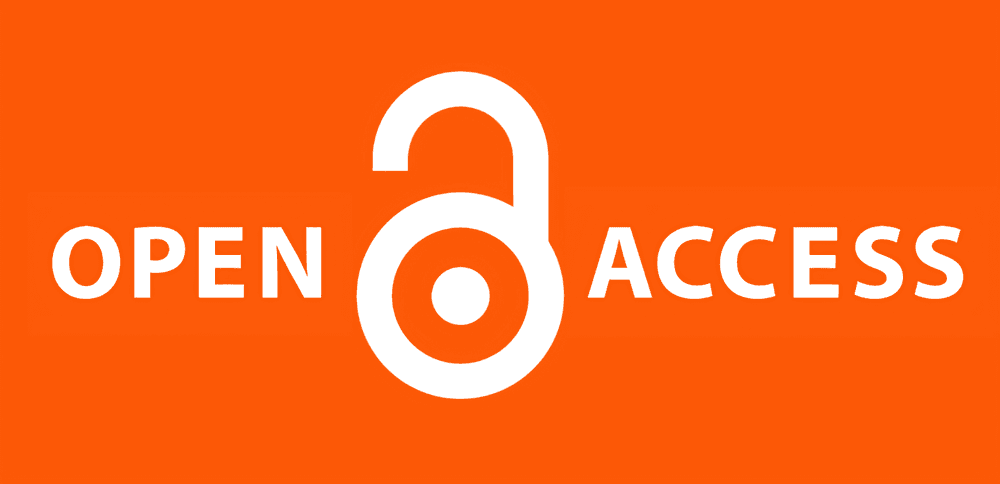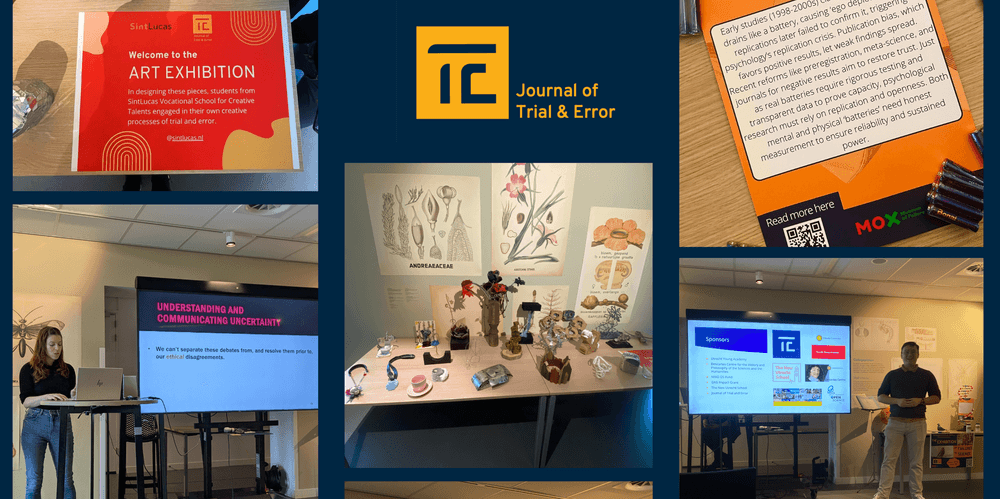~ 4 min read
Becoming an Open Access Online Journal
ByStefan GaillardOrcID & Max Bautista PerpinyaOrcID
You would be surprised, but if you google ‘how to set up a scientific journal’, quite a decent amount of results show up. As if you would type ‘how to cook rice’ or ‘how to tie a tie’, the internet awaits your thirst for step-by-steps guides to solve practically everything.
If, like us, you are interested in setting up an open access online journal; you’ll find a variety of resources, tips, and fairly detailed expected timing and budget predictions. However, many of these guides assume some aspects that us, as junior academics-to-be, lack. The how-to articles on setting up the infrastructure needed for a journal have been for us a rough sketch of a path that we have been traveling mostly, and proudly, off-road.
What are the elements needed to set up the infrastructure of an online journal? And what are their necessary associated skills? This guide made by a Professor of Literature at the University of London identifies several key components. We've summarized it as follows, and have realized the skills necessary for each component. Sometimes we’ve had what it takes; but more often than not, what brought as forward was the policy of trial and error, and learning-as-we-go.
International Standard Serial Number
The first conundrum we faced was with getting an International Standard Serial Number (ISSN), an eight-digit serial number used to uniquely identify a serial publication, such as a magazine. To be able to get an ISSN, we first needed to have published several original pieces already, such as articles or books. However, one of the reasons for getting an ISSN in the first place was to show prospective authors that we were a serious journal. As a solution, we decided to notify our first contributors that the journal would get an ISSN as soon as the first few articles were published.
CrossRef Membership and the Digital Object Identifier
You have probably seen the DOI (Digital Object Identifier) in the articles that you read. It looks something like this: 10.1038/s41562-018-0522-1, where the prefix (10.1038) refers to the publisher (in this case, Nature), and the suffix (s41562-018-0522-1) is the unique handle referring assigned to the given publication (in this case, ‘A problem in theory’, a recent article definitely worth reading with an interesting take on the replication crisis in psychology). The DOI is the unique numerical code assigned to an article, conference proceeding, data set or other piece of academic work. It is a way to assure that referencing between publications remains functioning and stable. The DOI and CrossRef infrastructure helps build meta-data on the those publications and facilitates linkage and referencing between material of different publishers. CrossRef is a non-profit organisation, but their service comes at a cost, and the annual membership is $275.
Open Journals
The editorial process involved back and forth communication between editors, reviewers and authors. We decided to use the Open Journal Systems software, an open source tool where the whole editorial pipeline, indexing process and online publication are integrated. However, to truly belong to the Open Science Community, we needed to have an open access policy and a copyright and publication agreement that honoured the spirit of open science. Luckily, many such open access policies already exist, and in the spirit of openness, they are free to use. In addition, our copyright and publication agreement could be based on existing Creative Commons Attribution Licenses, ensuring that we could grant the authors the copyright while also enabling the free distribution of the articles.
Conclusion
Needless to say these are practical issues with a significant importance. However, the infrastructure of your journal won’t hold unless your concept is well developed and a team of dedicated experts is at work. The editorial board (editor-in-chief, editors and reviewers) plays the primary role in ensuring the quality and innovation of your journal. Soon, our new editor-in-chief, Davide Cavalieri, will write about the editorial pipeline in detail, highlighting the roles and responsibilities of each of the actors.

Stefan Gaillard specializes in failure, uncertainty, and erroneous claims – both in science and society. He is one of the co-founders of the Journal of Trial and Error and currently works on the special issue on scientific failure in the health domain.
License
Becoming an Open Access Online Journal by Stefan Gaillard and Max Bautista Perpinya is licensed under a Creative Commons Attribution 4.0 International License.





